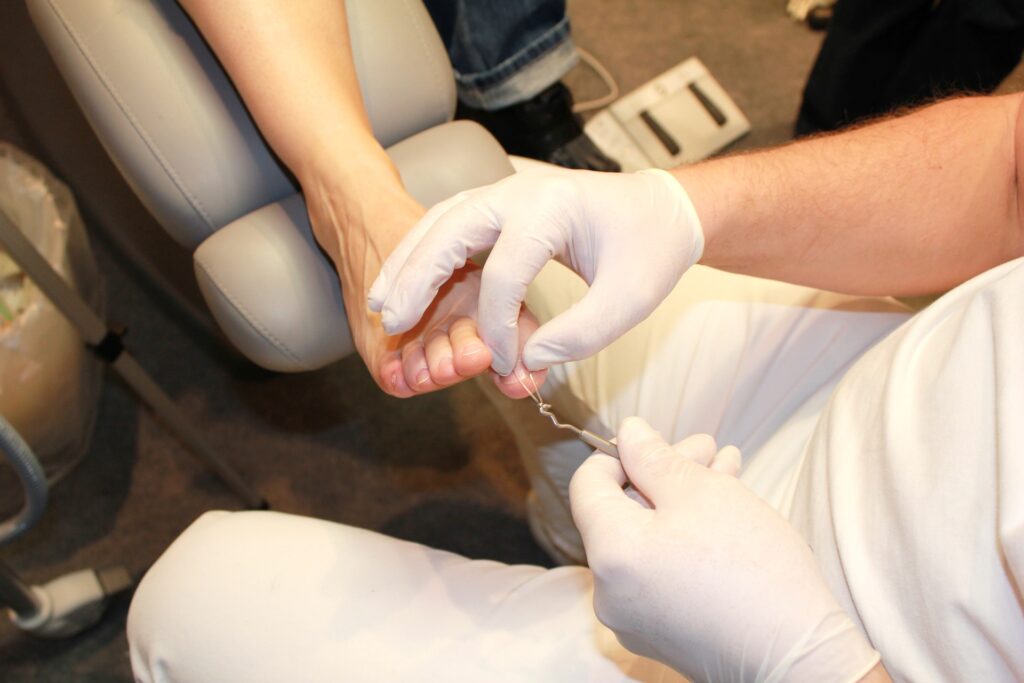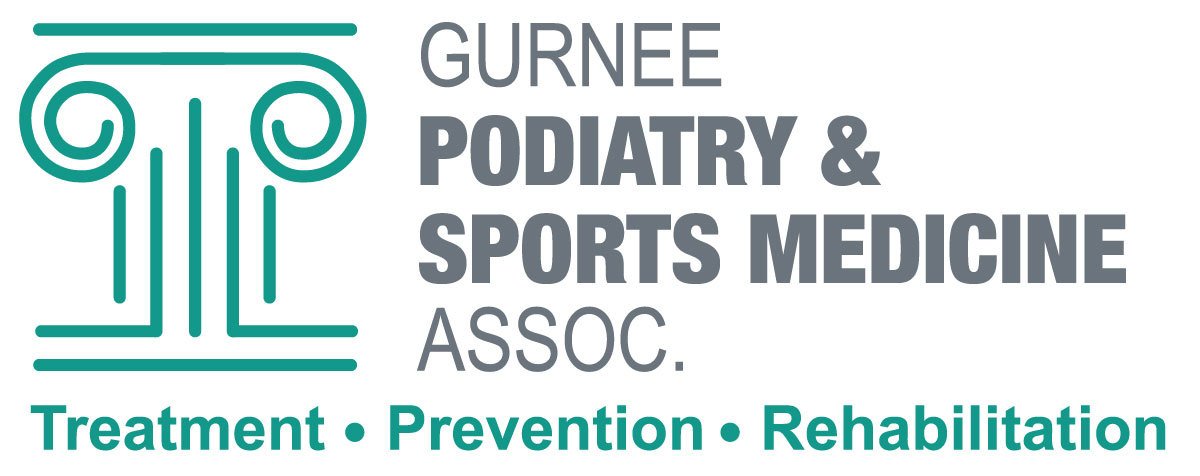Why Are My Toenails So Thick and Hard to Cut?
Nail health can be a good indicator of your overall health. Abnormal nail changes often indicate infection or other health concerns. Thick toenails are more than a cosmetic concern. They’re a health concern. Without proper health screening, the underlying condition can lead to pain and a more serious infection. It’s important to see Dr. Bever and Dr. Schoene whenever you experience unnatural nail appearance.
What Are Thickened Toenails?
Healthy nails are pink and fairly thin. The tip will be white when growth surpasses the nail bed. If the nail becomes thicker or begins to curve in an unnatural direction, the most common cause is a fungal infection, also known as onychomycosis. As toenails thicken, the texture, appearance, and toe sensation will be noticeably different.
- Appearance: when the nail lifts from the nail bed, it can change the color of the nail to white or yellow. If fungus is present, the color may change to yellow or brown, making the nail brittle and flaky.
- Texture: Thickened nails become brittle and they can crumble, crack, break, or split very easily. They may also become bumpy.
- Sensation: Closed-toe shoes will cause thickened toenails discomfort or pain. Any friction against the nail will hurt. The nail and tip of the toes can become sore or painful and may even cause some tingling at the tip of the toe.
Causes of Thickened Toenails
Onychomycosis

Onychomycosis is a condition in which yeast or fungus has entered the nail. This occurs from cracks in the toenail, a skin cut near the toenail, or where the toenail and nail bed initially meet. Where there’s moisture, fungus or yeast easily flourish. With time, this leads to thickening of the nail and other symptoms. Fungal infections are serious, and lack of treatment can result in loss of the nail. Onychomycosis is experienced by up to 10% of the population and is especially common in people with diabetes or those taking immunosuppressant medications.
Yellow Nail Syndrome
This syndrome doesn’t normally cause thickness of the nail, but it can happen. Those who experience yellow nail syndrome will also have swelling in their extremities, coughing, and nail changes. The nail will become thick, yellow, and curve slightly. There’s currently no cure and the cause is unknown.
Psoriasis
This autoimmune disorder causes itchy, red, scaly, thick skin anywhere on the body, and can spread to the nails. Nearly half of those who suffer from plaque psoriasis will also experience nail psoriasis. Expression in the nail will appear as pitting, discoloration, and lifting from the nail bed.
Onychogryphosis
This is referred to as ram’s horn nails. This nail disease causes one side of the nail to grow faster, thicker, and curved. This painful condition is found on the big toe. It is often related to persistent micro trauma to the nail often from years of wearing shoes that are too short or activities, sports or jobs that require steel-toed shoes, or other special shoes.
Physical Trauma
Repetitive injury to the toenail can cause it to thicken. Athletes frequently experience injury due to the impact on the nail. Ill-fitted shoes exacerbate this. Damaging the cuticle, smashing the toe, or dropping heavy objects onto the nail can also cause infection.
Paronychia
This is an infection of the nail groove. It often gets red and puffy, painful, and often has drainage due to the bacteria involved. Often it can occur when the nail groove is curved and the nail pierces the skin easily, or the nail is abnormally wide for the toe itself. The condition is identified by inflammation and redness around the nail area.
What to Look For If You Are Concerned About Nail Health
Most people don’t notice the early stages, but the more the nail growth progresses and changes, the more obvious the need to seek treatment becomes. Signs to look for include:
- Brittle nails.
- Splitting or cracking of the nail.
- Foul nail odor.
- Lifting of nails from the nail bed as if detached.
- Difficulty trimming nails.
- Pain or discomfort.
- Dirt or debris trapped under nails.
- Discoloration that leaves nails yellow, brown, green, or white.
- Nails that crumble or split.
- Nails that are chalky, scaly, or rough.
- Nails that curve and lift.
- Bruising or infection under nails.
Diagnoses, Treatment, and Prevention of Thickened Toenails
Diagnosis
Call Dr. Bever and Dr. Schoene if you notice any of the previously mentioned changes in your toenails. Early treatment can stop the infection from spreading. We’ll examine your nail to note symptoms present, take a swab under the nail, or a nail clipping to help with diagnosis. We’ll also undertake a review of your medical history that includes your symptomatic experience to identify or rule out other potential health concerns.
Treatment
Treatment varies depending on the diagnosis. Antifungal medication is frequently prescribed for those experiencing a fungal or yeast infection. This can be in the form of oral or topical medication. Nail removal may be necessary to treat the nail bed, depending on the severity of the infection. Your doctor will prescribe any recommended home-based treatment appropriate for your specific condition. Treatment may last for several months and toenail regrowth can take 12 to 18 months.
Prevention
The best way to avoid the most common cause of thick toenails is to keep proper hygiene of the foot and nail bed. Keep the nails trimmed. Wear sandals when in any public space where there’s moisture, such as locker rooms or pools. Keep your feet dry throughout the day. Wear shoes that fit properly and do not constrict your toes. Wear shoes that allow your foot to breathe and use foot powder when necessary. Ensure any pedicure tools are properly disinfected before use. Moisturize your feet regularly to help soften the nails.
Schedule an Appointment
If you’re concerned about toenail thickening, schedule an appointment to see a podiatrist today. Dr. Schoene, Dr. Bever, and the rest of the team at the Gurnee Podiatry & Sports Medicine Association are here to help with all your podiatric prevention, treatment, and rehabilitation needs.
